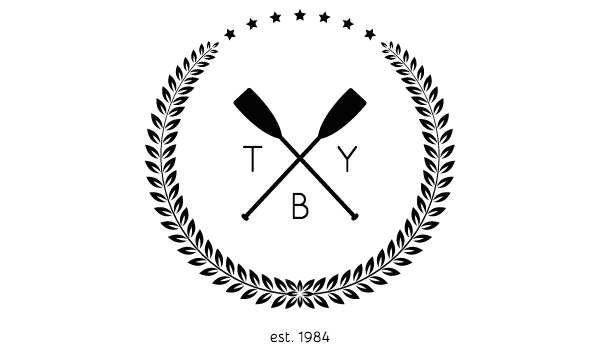The exploding excess reserves put downward pressure on the FED funds rate. The interest rates hit zero and consequently the overnight money markets froze. FED wanted to maintain a low interest rate but did not want to kill the money markets which play a principal role in supplying short-term credit to the banking system. Moreover FED funds rate had become dangerously jittery. In this context FED had three main goals: To contain the volatility of FED funds rate in order to provide some certainty to the unstable markets / To keep FED funds rate low and hope that this will stimulate the real economy despite the broken banking system /To create a non-zero floor under FED funds rate to ensure the survival of money markets.
In order to attain these goals, FED cut its target rate to a range of 0% to 0.25% and declared that it will pay 0.25% interest rate on all reserves and excess reserves. (Note that, during normal times, excess reserves earn the FED funds rate and reserves kept at FED earn no interest at all.) This is another reason why banks are sitting on excess reserves and not withdrawing them from FED. On a risk-adjusted basis, FED's 0.25% is perceived as the best over-night interest rate in the market. For comparison, note that even the 3-month treasury bills (backed by the full faith and credit of US government) currently yield less than 0.25%. What about commercial paper, corporate bonds and etc.? Banks simply do not have the risk appetite to touch those.
Postscript 2:
One of the reasons why asset prices are so depressed at the moment is due to the massive deleveraging that is taking place. When banks call back loans, companies can do three things: Pay cash / Refinance / Sell non-cash assets. Refinancing is impossible for anyone but those who do not need it. Cash is extremely hard to find since consumers have cut back on spending and companies have shelved their investment projects. So there is only one option left. The companies will have to liquidate their inventories and sell parts of their businesses. However if every single company in the economy does the same thing, the value of these inventories and businesses will simply collapse. Why? Because there will be no buyer side! All balance sheets can not shrink at the same time. If one balance sheet shrinks, somewhere another balance sheet needs to expand. Fortunately there is one candidate that can technically absorb everything: FED's balance sheet.
Think of the FED & Treasury couple as the only trustworthy bank left in town. Investors are willing to buy 1-Month Treasury bills at 0% interest rate and banks are happy with the 0.25% interest rate paid on their excess reserve accounts. Hence, in case nobody wants to buy commercial papers or mortgage backed securities, FED can easily step in by borrowing from US Treasury through the Supplementary Financing Program, or by spending the excess reserves provided by the banks.
If banks at some point decide to withdraw their excess reserves, FED can either relabel the withdrawn amount as "currency in circulation" or sell some of its assets. If there is a worry about inflation, then FED will choose the latter option which effectively sterilizes the cash supplied to banks by draining money from the them through asset sales.






